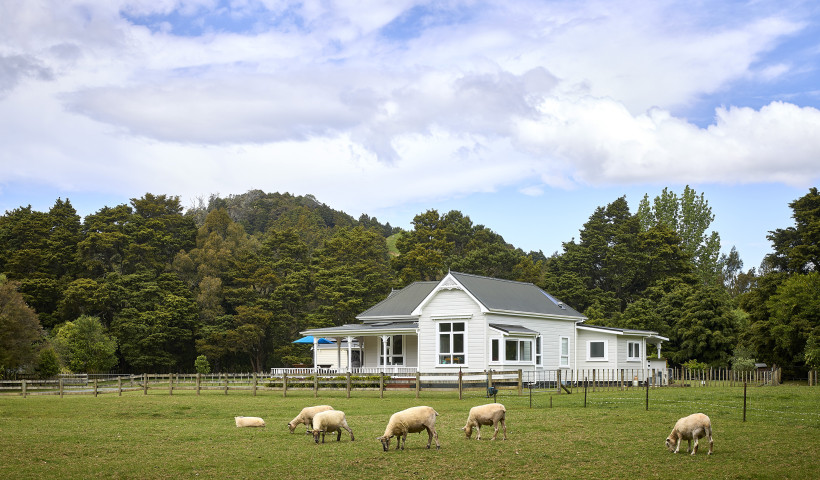
Ngā Kāinga Anamata, ‘homes of the future’, is a visionary plan that will deliver 30 residential units within five, three-level apartment buildings in Auckland’s Glendowie, in 2022. The project is aimed at driving carbon emission reduction in the New Zealand construction industry and was chosen as one of only 17 initiatives worldwide to be on show in the ‘Build Better Now’ virtual pavilion associated with the recent COP26 climate conference in Glasgow, Scotland.
The Kāinga Ora homes will use windows and doors from a specially designed, thermally broken APL suite of products that offer ‘passive house’ capability and which will be available to the window market midway through next year. The system also offers enhanced aesthetic appeal.
The APL system was chosen by Context Architects and Kāinga Ora as a preferred New Zealand-sourced product that eliminated the need for importation and use of Northern Hemisphere passive house-rated windows and doors.
Working collaboratively with Kāinga Ora and its project partners, Context Architects devised a programme that will see the construction of five identical apartment buildings, each with a different structural system — steel, concrete, light frame timber, mass/cross laminated timber, and a light/mass timber hybrid using modern construction methods. Each building will achieve Passive House certification and be low energy, using renewable energy sources.
The Passive House Standard originated in Germany and is recognised internationally as a best practice benchmark for low energy use, indoor environmental quality and health performance, especially when applied to social housing. New Zealand currently has approximately 61 certified Passive Houses, with more on the way.
APL’s Executive Director, Sustainability, Mikayla Plaw, said that the company was excited to work with the government’s social housing agency on such a cutting-edge project, especially if it served as a template for wider construction of more sustainable housing. “We see this as a good supplement to our sponsorship of the ‘Sustainable Excellence’ award in the House of the Year programme run by Registered Master Builders,” says Mikayla. “We have been closely involved in Green Star developments around the country, especially in the commercial sector, but the Ngā Kāinga Anamata project allows us to be involved in a specialised sustainability project in the residential sector. This is a promising step as we further pave our way through the passive house movement.”
A fly-through and visual overview of the Ngā Kāinga Anamata project is available to watch here.













 New Products
New Products









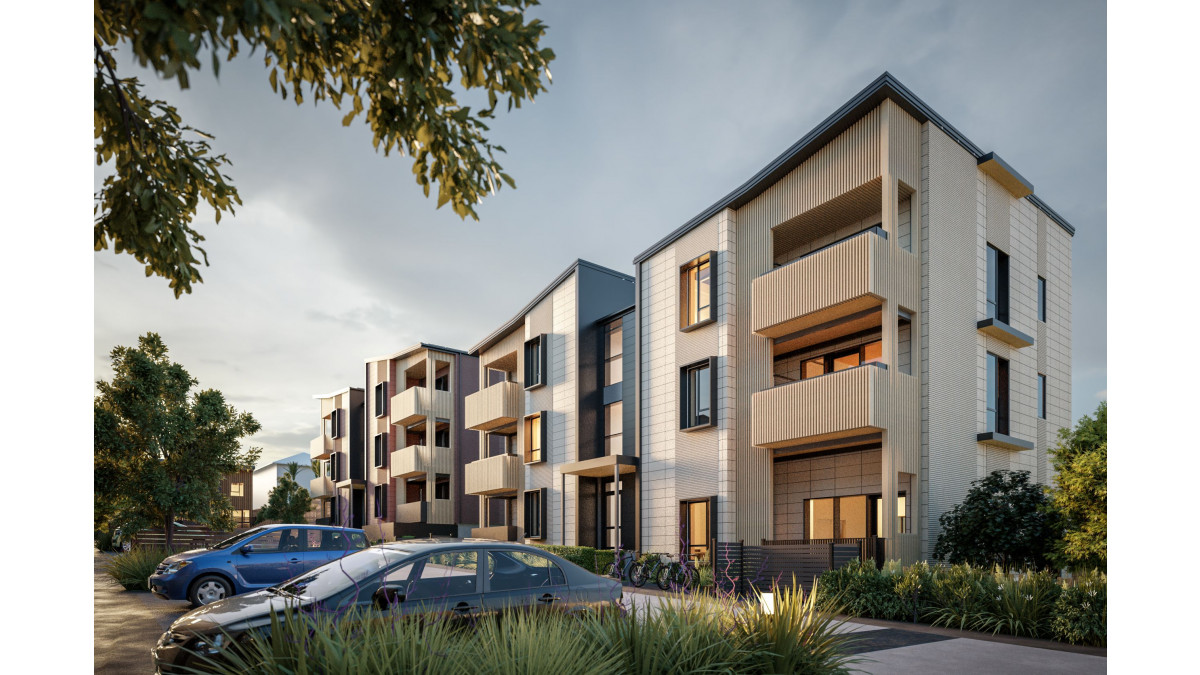
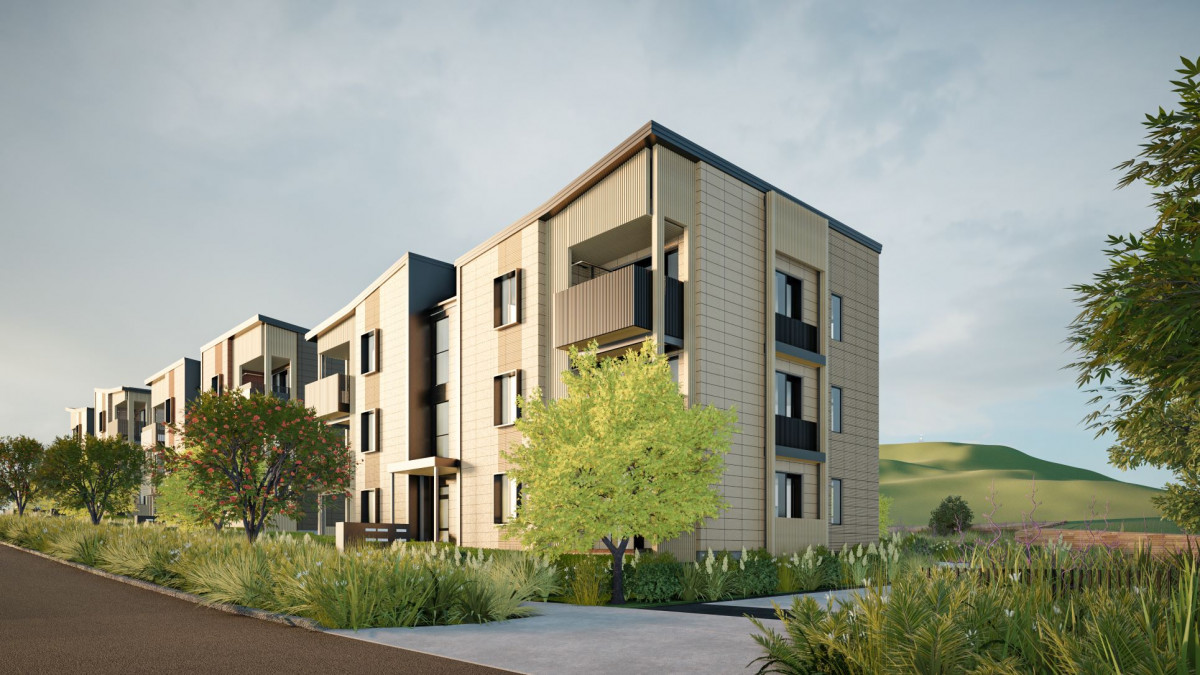
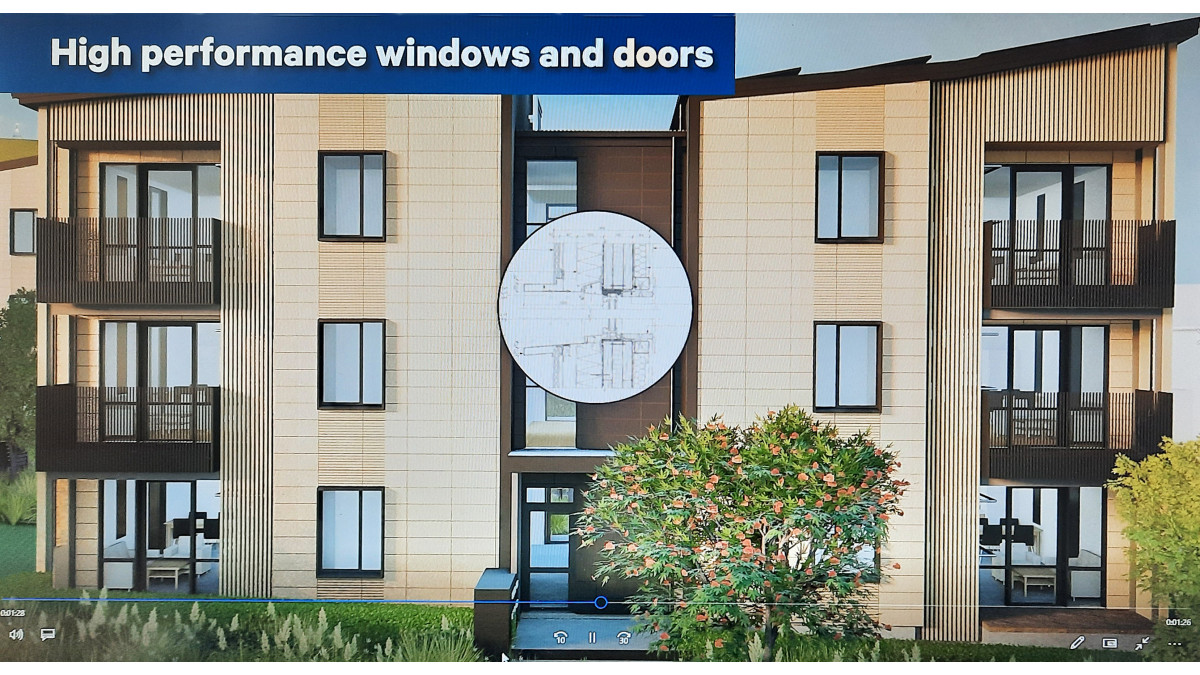



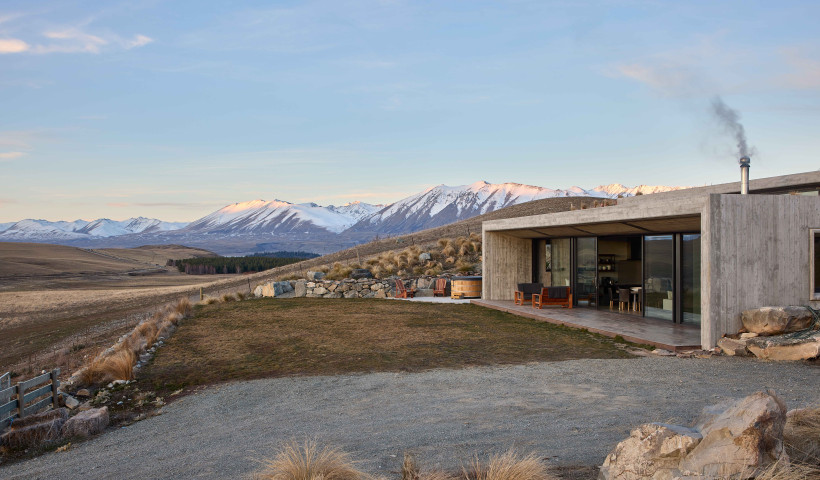
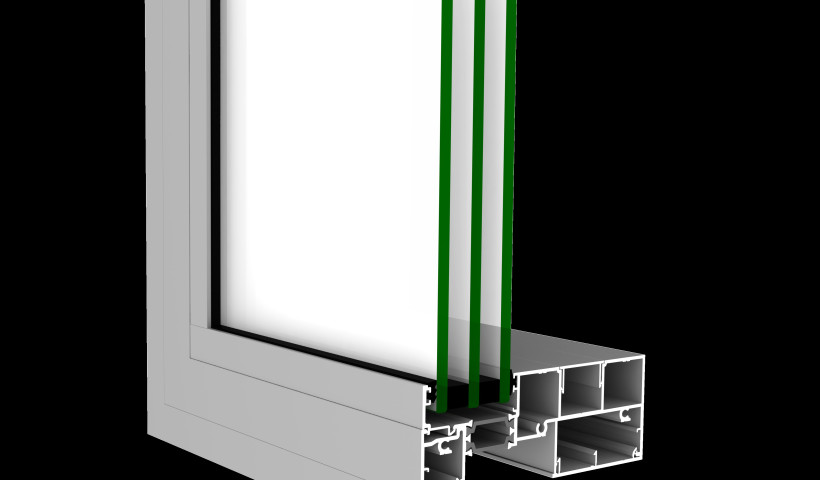
 Popular Products from FIRST Windows & Doors
Popular Products from FIRST Windows & Doors


 Most Popular
Most Popular


 Popular Blog Posts
Popular Blog Posts
